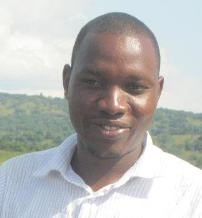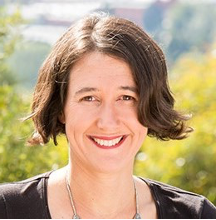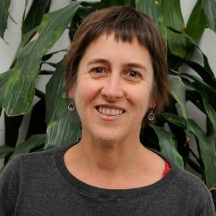Urban nature indicators and targets:
Linking local action with global frameworks
School of Ecosystem and Forest Sciences
Faculty of Architecture, Building and Planning

The City of Melbourne wanted to understand how urban nature targets could be used to help achieve the aims of a post-2020 global biodiversity framework, and feed into the renewed Nature in the City Strategy in 2027.
As a well-resourced, first world local government in the ‘global North’, the City of Melbourne also wanted to contribute to public discussion on this topic and to demonstrate leadership in ensuring cities become aware of the role they can play in conserving and protecting biodiversity in Australian and broader global contexts.
Mapping existing frameworks
Researchers in the School of Ecosystem and Forest Sciences and the School of Design mapped the goals, targets and measures currently in use in federal and Victorian biodiversity strategies, as well as the indicators in the 2018 Victorian State of Environment Report to identify opportunities for City of Melbourne to contribute to protecting biodiversity at the state and federal levels. The researchers also considered targets and indicators from the Convention on Biological Diversity’s Aichi Biodiversity Targets and from the UN’s Sustainable Development Goals to establish their feasibility for contributing to global collaborations.
Aligning with the SDGs
There are two Sustainable Development Goals that are strongly aligned with this work; SDG 11: Sustainable Cities and Communities and SDG 15: Life on the Land. The benefits that the SDGs provide to the protection of biodiversity at a local level are that the goals are universal; and take into account different national realities and levels of development. They respect national policies and priorities, therefore providing guidance for a shared agenda and a collective response, while allowing countries to develop their own pathways to national targets.

Another benefit is that they are integrated and progress the understanding that sustainable development is not about three disconnected pillars, but that approaches must balance and integrate the social, environmental and economic dimensions and must also use effective governance if sustainable development is to be achieved.
This meant that the targets and indicators within SDGs 11 and 15 were useful for guiding – rather than dictating – the development of indicators at the local level. For example, SDG indicators 15.8.1 'Proportion of countries adopting relevant national legislation and adequately resourcing the prevention or control of invasive alien species' or 15.1.1 on 'forest area as a proportion of total land area' are worthy and important, but either less relevant to terrestrial biodiversity conservation in a global North urban area like Melbourne or need to be further operationalised. In contrast, the SDG indicator 15.3.1, 'proportion of land that is degraded over total land area' is highly relevant to Melbourne and can be easily adapted to measure a key, local biodiversity issue. This concern; of retaining consistency with global goals like the SDGs while also capturing local issues and priorities, reflects the challenge that cities face in having their role as critical custodians of nature acknowledged and appropriately resourced by broader society.
A new framework for the City of Melbourne
The researchers found several themes with strong alignment between scales of governance. These were investigated to identify the most effective method for integrating actions and reporting. The most frequently used indicators track trends in species richness or the composition and extent of different land use/land cover features. They provide a basic picture of the state of the system and work best when complemented with indicators that track the pressures on the system, responses of the system, aspects of ecosystem function, and the goals’ desired outcomes. From a comprehensive review of existing frameworks like the SDGs, the researchers recommended the adoption of the following headline indicators by the City of Melbourne.
- Proportion of natural areas (City Biodiversity Index)
- Proportion of natural areas that are protected (City Biodiversity Index)
- Proportion of natural areas that are “at risk”
- Loss of natural areas
- Proportion of area restored to good ecological functioning (City Biodiversity Index update)
- Proportion of invasive alien species (Plants) (City Biodiversity Index)
- Urban Greenspace Integrity (UGI) Index (after Callaghan et al. (2019))
- Native biodiversity in built-up areas (Birds) (City Biodiversity Index)
- Change in number of native species (Plants) (City Biodiversity Index)
- Change in number of native species (Birds) (City Biodiversity Index)
- Change in number of native species (Butterflies) (City Biodiversity Index)
To date, 2020 baseline conditions have been calculated for each indicator. They suggest, not unexpectedly, that the City of Melbourne has lost significant indigenous biodiversity since colonisation, and even in the past 15 years, but also that some important areas remain and are being re-established. From these baseline conditions, quantitative targets will be developed and tested, to better understand the validity and reliability of the indicators and their usefulness for operationalising the ambitions of the Sustainable Development Goals and other global frameworks at a local scale.
Researchers



